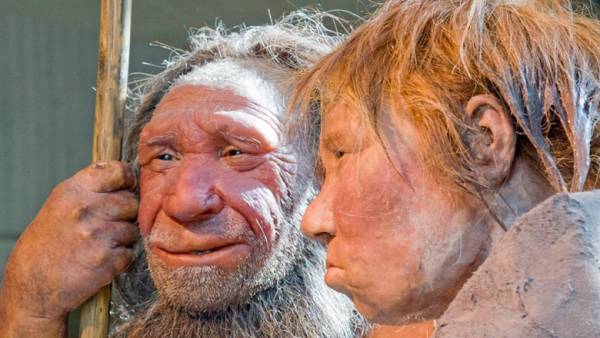Russian anthropologist challenged the theory about breathing Neanderthals
To understand how their Airways were adapted to a cold climate, you need a valid comparison of the skulls of Neanderthals and modern humans.

A group of researchers, including Andrew Evteeva from MSU M. V. Lomonosov, were subjected to analysis of earlier work of a team of anthropologist Soledad de Acevedo, is devoted to the adaptation of different populations of Homo sapiens and Neanderthals to live in cold conditions. New article criticizes both methods and conclusions of the de Acevedo. The corresponding article was published in the Proceedings of the National Academy of Sciences.
In the study group de Acevedo understood the parameters of the middle part of the skull 12 people living in Argentina and originating from China, Japan and Korea. According to the findings of this earlier work, in craniofacial region of the skull (facial bones) of these immigrants from Asia are the features of the adaptation to cold climate, including increased volume of the air filled cavities through which air enters the body.
A new study examines the results of the group de Acevedo with a reasonably critical positions. First, rightly indicated that the climate of Korea, Japan and the main part of China cannot be described as “cold”. In most regions of these countries, on the contrary, quite warm. Second, the parameters craniofacial morphology Asians shows strong similarities with the morphology of similar areas from the natives of southern and Western Europe (e.g. European migrants to Argentina). This is very strange, since from the literature it is well known that the facial part of the skull between the two groups have markedly different.
Finally, break features of the morphology of facial part of the skull according to age and gender in the work of de Acevedo no. Thus of the 12 studied individuals for computer simulation of air movement in the nasal part of the respiratory tract selected in the end only two — but it is not specified, on what criteria, and whether they have any differences on the morphology of facial part of the skull from the rest 10 people.
Further, the group de Acevedo modeled the movement of air through the nasal passages of Neanderthals taking them nasal passages of immigrants from South-Western Europe. It also led to criticism of the team Evteeva. The question of why the basis was taken the European, and not Asian (there are Neanderthal genes and those and others), and how different would the results of the study if the choice of “fundamental principles” for modeling in the nasal passages of the Neanderthals were made towards Asians.
In the new work, noted that some of its authors had previously made their attempt to recreate the soft tissues of the nasal part of the respiratory tract of Neanderthals. They also came to the conclusion that craniofacially region of the Neanderthal skull has a remarkable adaptation to the cold climate. However, the conclusions of this kind were made on the basis of the analysis of a limited number of skulls and need additional confirmation. The use ambiguous, lax methods, as in the work of the group de Acevedo, makes these results highly unreliable.